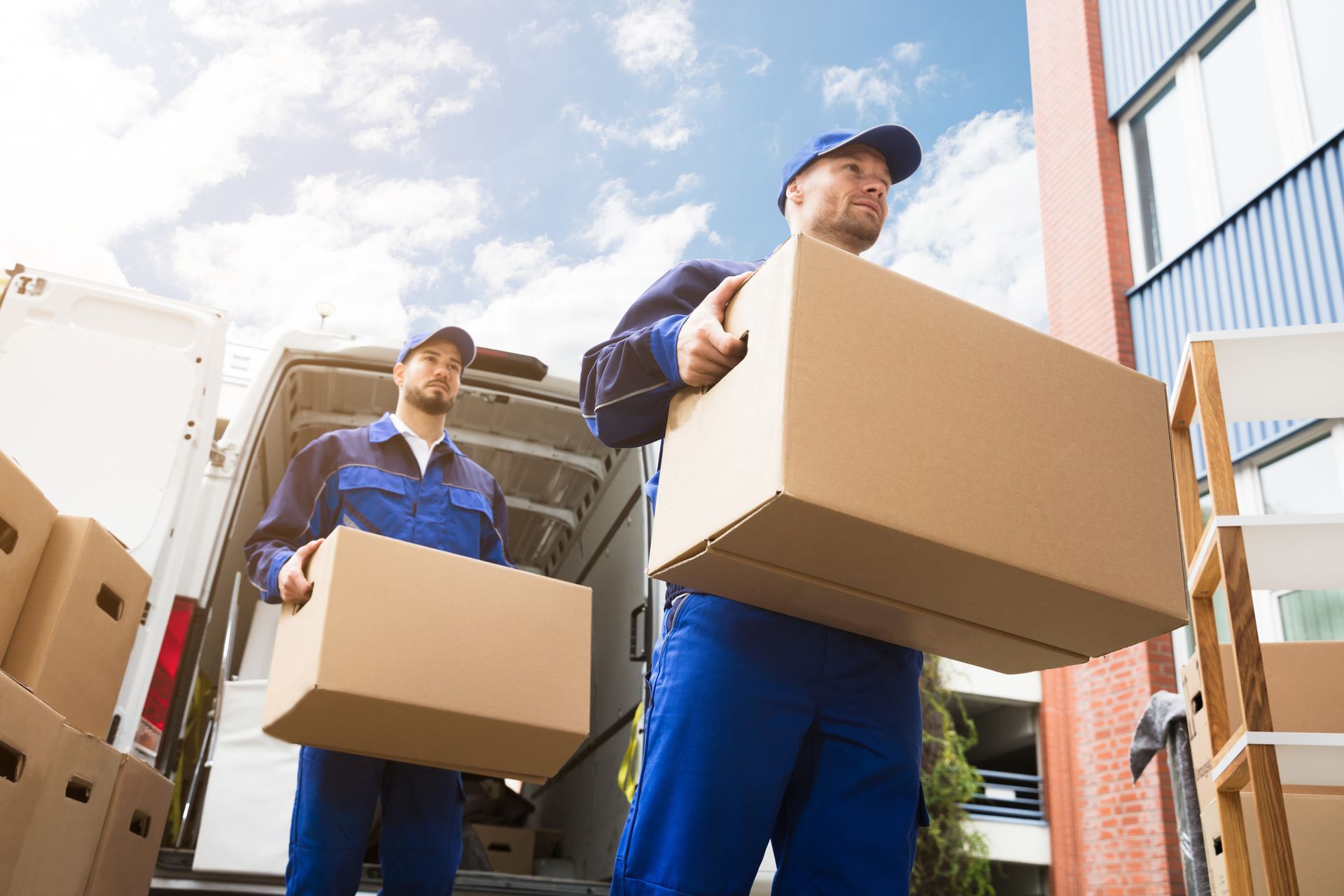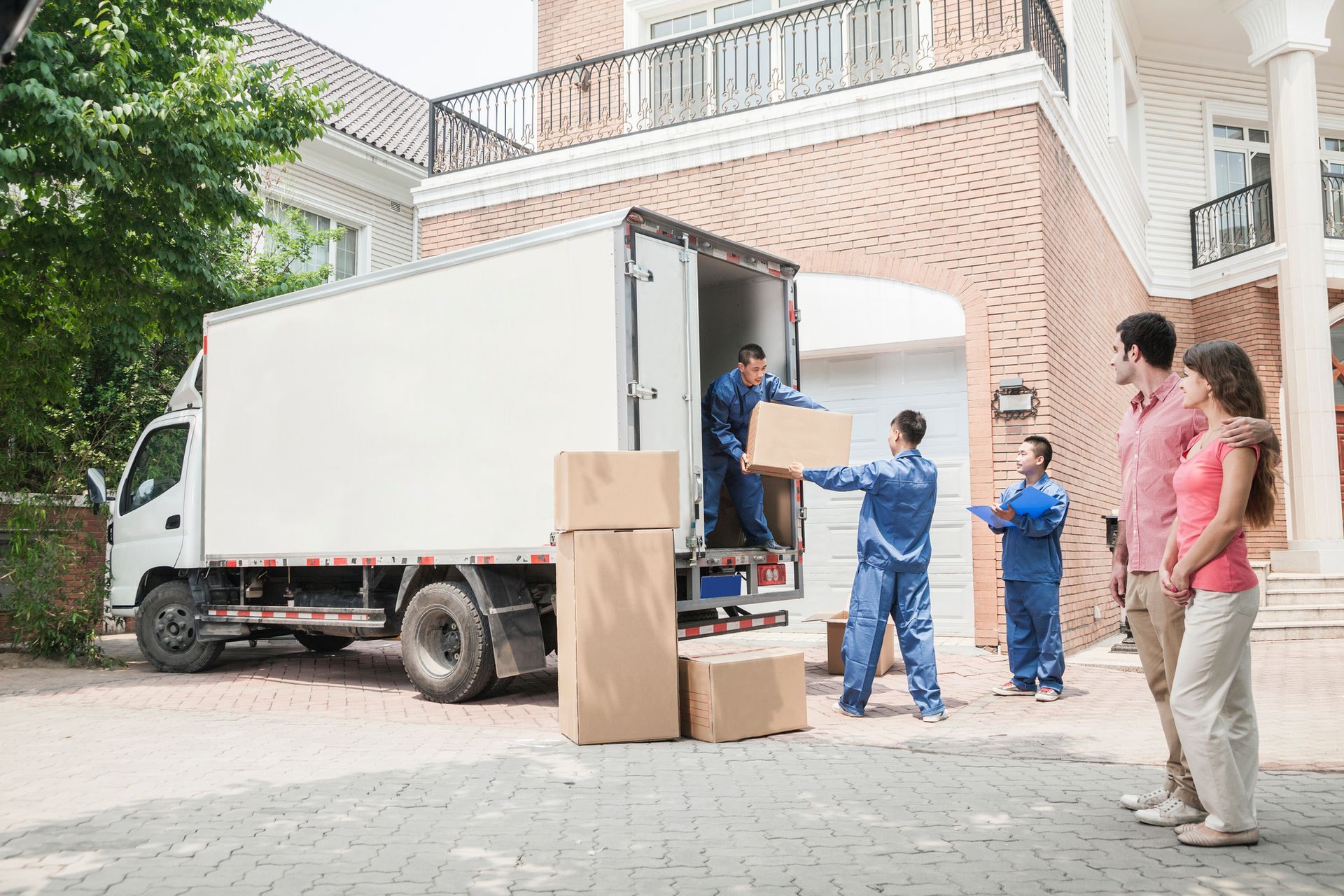Family Owned and Operated Since 1906
4 Tips to Make Moving Your Farm Easier and Safer
Moving to a new home or business is always a little bit complicated. But when your home and business are combined in the form of a farm, it is even more of a challenge. While the move to a new farm or ranch will ultimately be a positive one, the best success will surely come from planning for both the business and home aspects. Here are four key tips to accomplish this.
1. Separate Business and Personal
If you operate a going concern business, you’ll need to keep it accessible so you can get things up and running as soon as possible. Facilitate this by keeping your home belongings as separate as you can from the business operations.
Box up and clearly label all business materials, from office documents and computers to harvesting equipment and animal care supplies. If your farm is large enough, you may even want to move these assets on their own trucks.
2. Arrange for Livestock Transportation
Are you taking any animals with you? For most owners, the best way to transport their animals is to do it themselves. If you have the appropriate trailers or haulers, moving horses, goats, chickens, pigs, and domestic pets may be within your reach. You might, in fact, want to get some animals moved to the new farm and settled before the main move-in day to alleviate some of the work.
If you can’t transport large animals (such as horses or cattle) on your own, hire a livestock moving service.
Specialty services like this are equipped with the right trailers and protective equipment to ensure the animals’ safety. They will determine the best route for safely moving animals and manage unexpected problems on the road. Interview livestock movers to get a feel for how they provide for safety and security.
3. Use Commercial Moving Services
Movers often come in two varieties: residential and commercial. Residential movers are skilled at packing up and transporting the common elements of the family home and property. However, commercial movers often deal with assets and equipment of much more varied types.
What do you have that a commercial mover would be best for? Large farming equipment may require special trucks and even permits to be on the road. It is often bulky, dangerous, and awkward to ship. And you’re likely to be preparing and moving chemicals, sensitive electronics, and even live plants. All of these often call for special care, individualized packing strategies, and hazardous materials experience.
4. Prepare the New Property
When your belongings and equipment arrive, will the the new land and buildings be ready to take them in? Familiarize yourself with the property. Walk the house, barns, outbuildings, and land while recording video on your phone.
Make sketches to use as blueprints for the new layout. Measure the dimensions of the property and buildings and include this information in the blueprints. Write down where equipment, animals, and furniture will go, and share this with the movers.
As you walk the property, look for any safety or security hazards such as holes in the ground around livestock or pedestrian areas, tripping hazards or sharp objects in the barn, and inadequate fencing. If you can’t resolve the issue before the movers and equipment arrive, clearly mark it and keep everyone away until things calm down later.
Your farm move will have many stages from start to finish. But by treating it like a separate business with specific needs, you can approach it with more confidence. At Christofferson Moving & Storage, we are here to help. Our moving pros know the challenges of transporting commercial equipment as well as caring for your family’s personal belongings. Call today to make an appointment to learn more.












